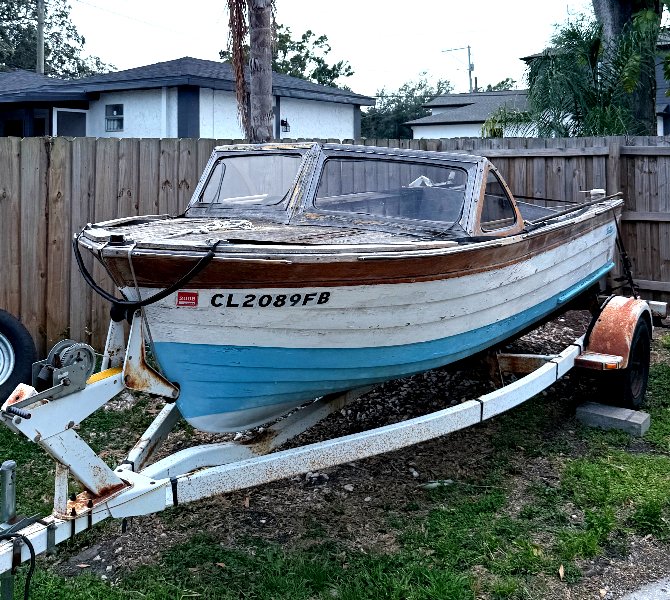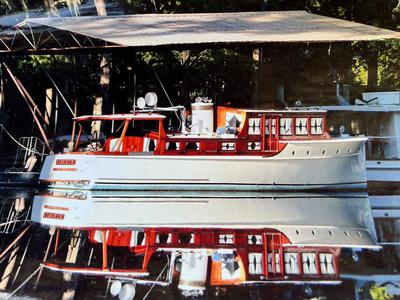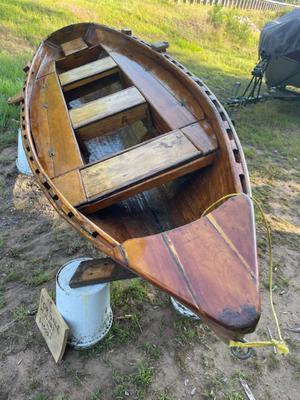How do you tighten clinkers?
by Tina
(Surrey, England)
Hi
I have bought myself a lovely Norwegian snekke which I plan to maintain myself.
There's nothing wrong with her, but the last owner said he was planning on tightening the clinkers below the waterline as she leaks a bit.
I've asked a few boat people here, including professionals, and it seems to be a lost skill, as I haven't been able to meet anyone whose done it.
So, any advice on how I can tighten the clinkers?
Also, the previous owner suggested putting cooking fat on the seams before launching in the spring to help before the wood swells.
Have other people tried this or are there any other suggestions?
Many thanks
Tina








